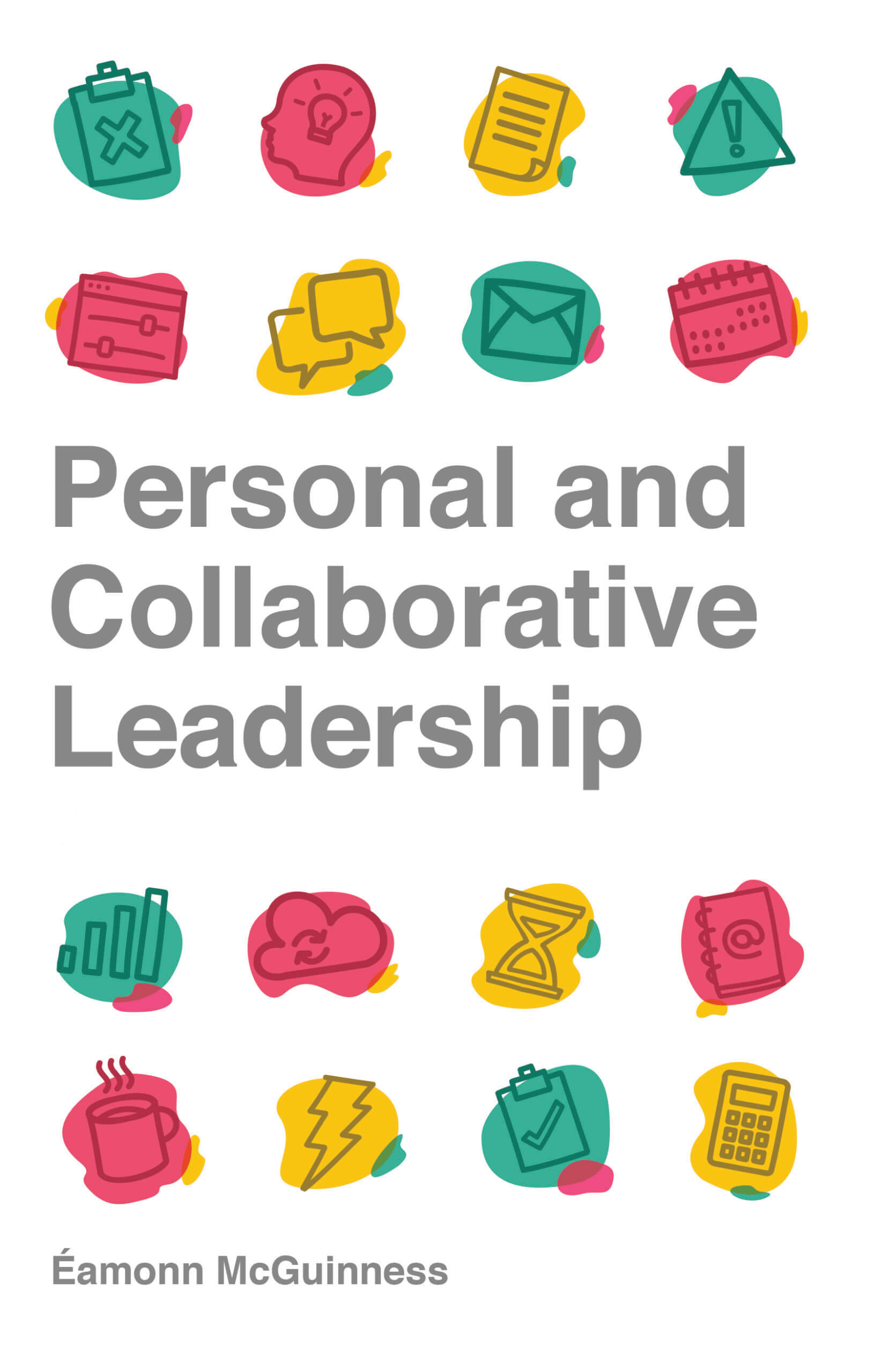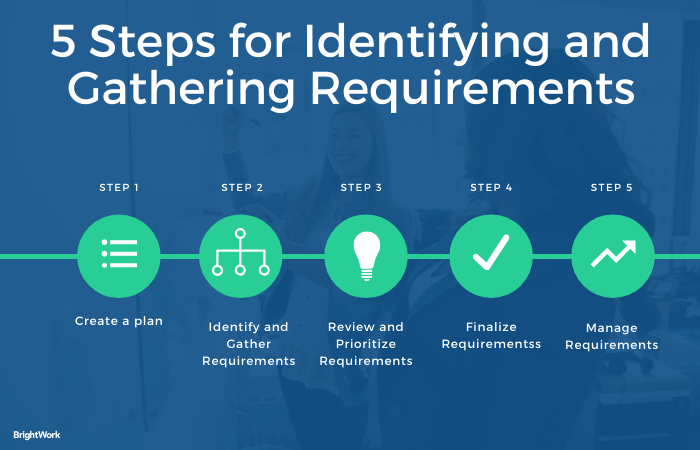

Project requirements are the foundation of any successful project, yet gathering and managing them can be a complex and challenging process.
In this comprehensive guide, we’ll explore best practices, techniques, and tools for project requirements gathering.
From capturing and prioritizing requirements to managing changes and ensuring stakeholder alignment, we’ll cover everything you need to know to succeed in your next project.
Whether you’re a project manager, business analyst, or team member, this guide is your go-to resource for mastering requirements gathering and achieving project success.
Improve your leadership, collaboration, and project management skills.

To understand the importance of project requirements, we need to start with project scope and product scope.
Project scope refers to the work, and only the work, needed to deliver the project on time and within budget.
Scope is recorded in the Project Scope Document, which describes project deliverables, the required work, expected business value, and any exclusions to the project.
The Project Scope Statement also defines the acceptance criteria for deliverables.
Project scope depends on two elements:
The final outcomes of the project – a product, service, or result – are measured against the agreed requirements.
Requirements drive every stage of the project.
A project is initiated to solve a business need. Typically, high-level requirements are documented at this early stage.
During the planning phase, you’ll need to work closely with stakeholders to explore existing requirements in further detail. You will use a range of techniques to identify, gather, analyze, and select project requirements.
Using a list of prioritized requirements, you can delve into detailed planning with tools such as the Work Breakdown Structure.
Once the project is underway, requirements become the basis of monitoring and controlling work, including change requests.
Finally, stakeholders expect to see their requirements in the final product or service before closing the project.
‘Expect’ is an important phrase in this context. Balancing stakeholder expectations, new change requests, and the original project scope is tricky!
If the project veers too far from stakeholder expectations, extensive re-work may be needed to deliver the original requirements. If the project is deemed unviable, the work may be canceled, affecting the project timeline significantly.
Later on, we’ll take a closer look at various techniques to identify and document requirements.
As you’ll see in the next section, there are several types of requirements to consider.
The project team typically categorizes requirements as functional or non-functional:
Functional and non-functional requirements are also known as Solution Requirements.
Solution requirements are based on business and stakeholder requirements.
Other types of requirements include:
Some of the most common examples of project requirements include:
Requirements will vary depending on the project, product, and stakeholders.
Here are five requirements gathering steps.
Start by identifying relevant project stakeholders.
Finally, contact stakeholders to arrange a time and place to start gathering requirements. Let stakeholders know if they need to do any preparation work in advance of the session(s).
Create a formal requirements document that outlines the requirements for the project. Creating this document is an important step in the project management process, and it is crucial to ensure that the document is clear, concise, and comprehensive.
This document should include a description of the project goals, the scope of the project, stakeholder requirements, as well as any known risks and assumptions.
In this step, requirements are reviewed and analyzed against the goals and business case of the project.
Record the outputs in requirements documentation, for example, a simple table with high-level details.
Be sure to record any assumptions about the requirements along with processes for quality control.
Share the requirements documentation with stakeholders for review and approval.
The approved document becomes an input to project scope, including the WBS, and acts as a performance baseline during project execution.
It’s also a good idea to create a Requirements Traceability Matrix, a document (or SharePoint list!) linking requirements to deliverables.
During project execution, you need to:
Below is a summary of the 5-step process.

There are numerous techniques to identify and gather requirements. Below is a brief list to help you get started.
Brainstorming brings different stakeholders together to discuss the problem and the desired solution.
Nominal Group Technique is used to prioritize existing ideas. The aim is to agree on and rank high-value ideas outlined in the requirements management plan. This technique is frequently used during a brainstorm session.
Interviews are a useful way to engage stakeholders on a one-to-one basis, especially on smaller projects.
Questionnaires are an ideal way to collect feedback from a large group of stakeholders or to gather anonymous input.
Delphi Technique begins with a request for anonymous input from stakeholders. The input is collated and shared with the group for review and prioritization. The process continues until a final decision is reached.
Context Diagrams describe the functions of a system. The diagram outlines the steps users take to interact with the system (inputs) and how the system responds (outputs).
Prototypes provide stakeholders with a working model of the deliverables for testing and feedback, ensuring alignment with the project needs. Prototypes include small-scale products, mock-ups, and simulations. Prototypes can be used regularly to test and validate requirements as the project progresses.
Reviewing existing documentation, such as the project plan, company strategy, and technical documents provides a solid foundation for understanding current requirements. This step helps identify gaps and inconsistencies that need to be addressed.
Observing end-users as they carry out their day-to-day tasks to gather technical requirements ensures that the project meets actual user needs. This hands-on approach captures real-world interactions and potential improvements.
If the goal of the project is to improve an existing product or service, use this product/service as much as possible to identify strengths and weaknesses. This firsthand experience highlights areas for enhancement and innovation.
Conduct workshops to map the ‘As-Is’ state for existing products and services involving key stakeholders to provide comprehensive insights. These sessions help visualize current processes and identify opportunities for improvement.
The approach to project requirements gathering can differ significantly between the traditional waterfall and Agile project management methodologies. Here’s how:
In the waterfall methodology, requirements gathering is typically conducted in the early stages of the project, with a heavy emphasis on upfront planning.
The requirements are documented in a detailed requirements specification document, which outlines all of the necessary features and functionality of the project. This document serves as the basis for the entire project, and any changes to the requirements must go through a formal change management process.
Once the requirements are finalized, the project moves through a series of sequential phases (design, development, testing, etc.) until the project is complete.
In contrast, the Agile system emphasizes flexibility and adaptability. Requirements gathering is an ongoing process that occurs throughout the project, with a focus on prioritizing the most important requirements based on user feedback and business value. Agile teams use techniques like user stories, personas, and product backlogs to capture requirements in an iterative manner.
Instead of a detailed requirements specification document, the Agile team creates a product backlog that outlines the features and functionality to be developed. The product backlog is continually refined throughout the project based on feedback from stakeholders and the results of user testing.
The Agile methodology also emphasizes collaboration and communication between team members, stakeholders, and end-users.
Overall, the key difference between the two methodologies is the level of upfront planning and the emphasis on flexibility. A waterfall or predictive project has defined phases.
The scope of the project and deliverables are defined at the beginning of the project. By contrast, requirements and scope are defined iteratively in agile projects and deliverables are constantly refined as agile teams work in sprints.